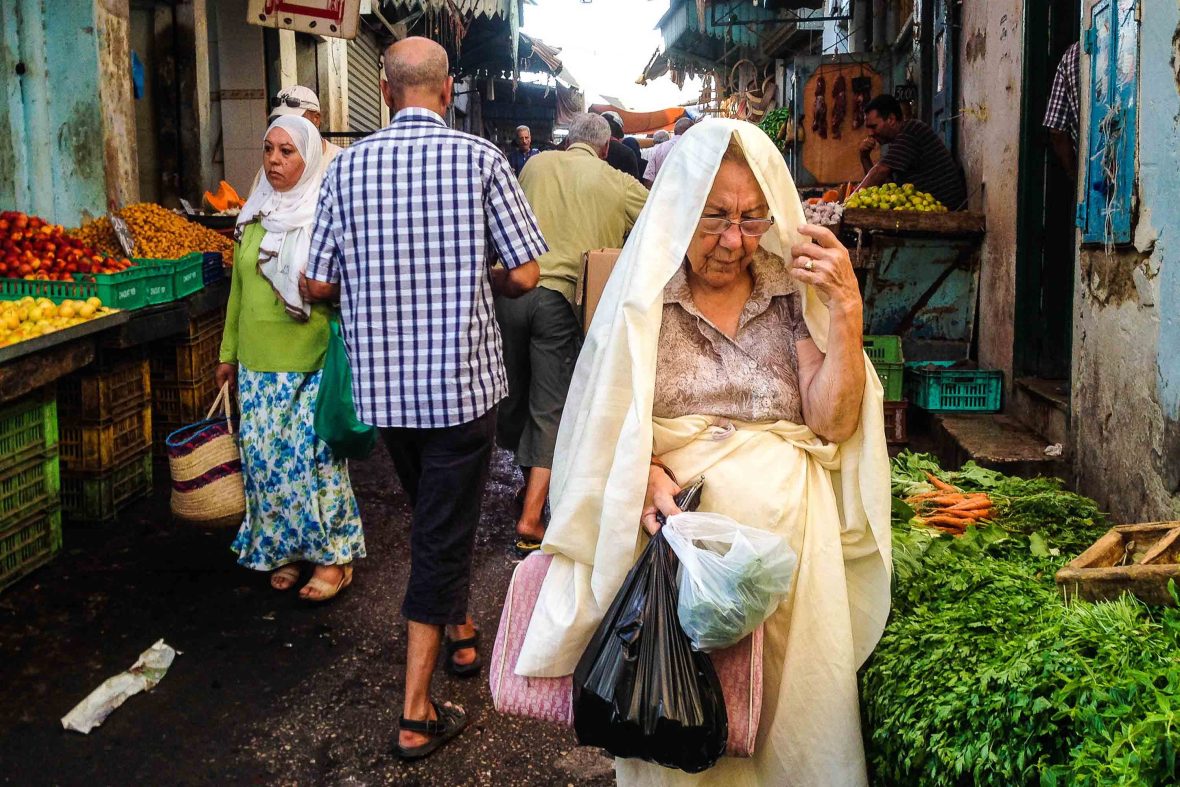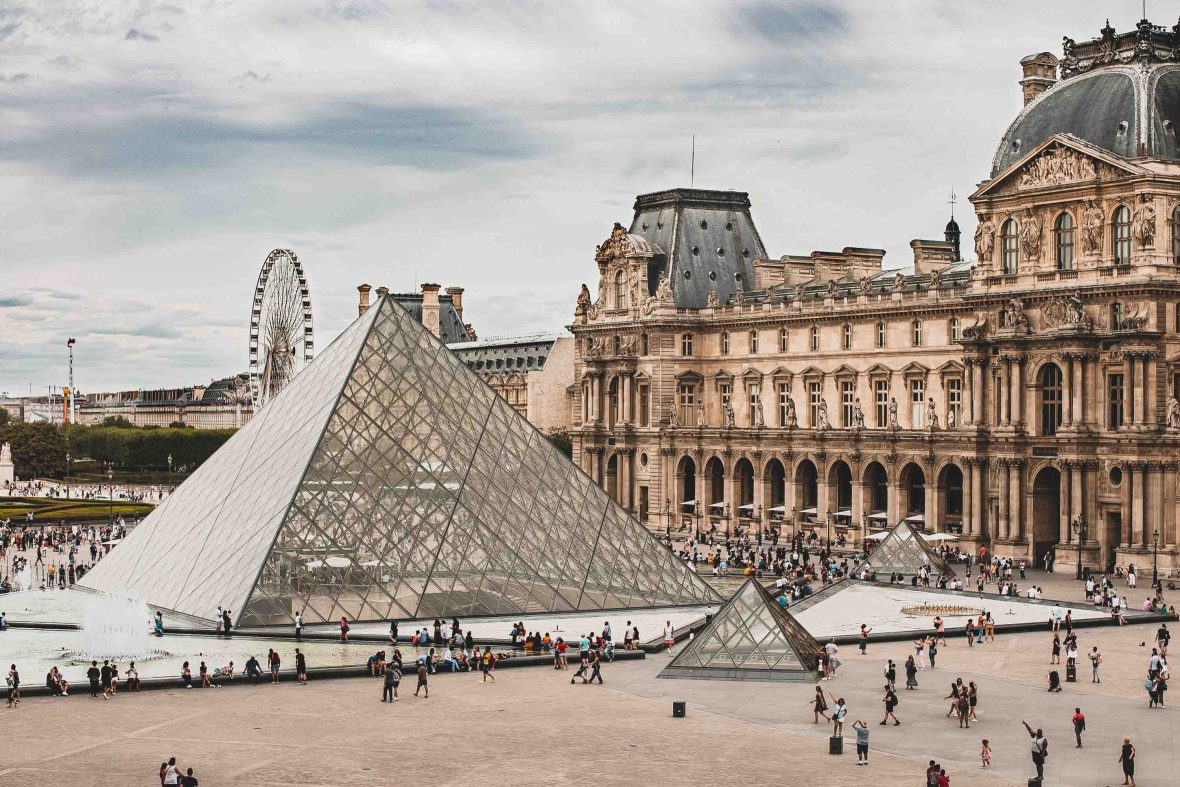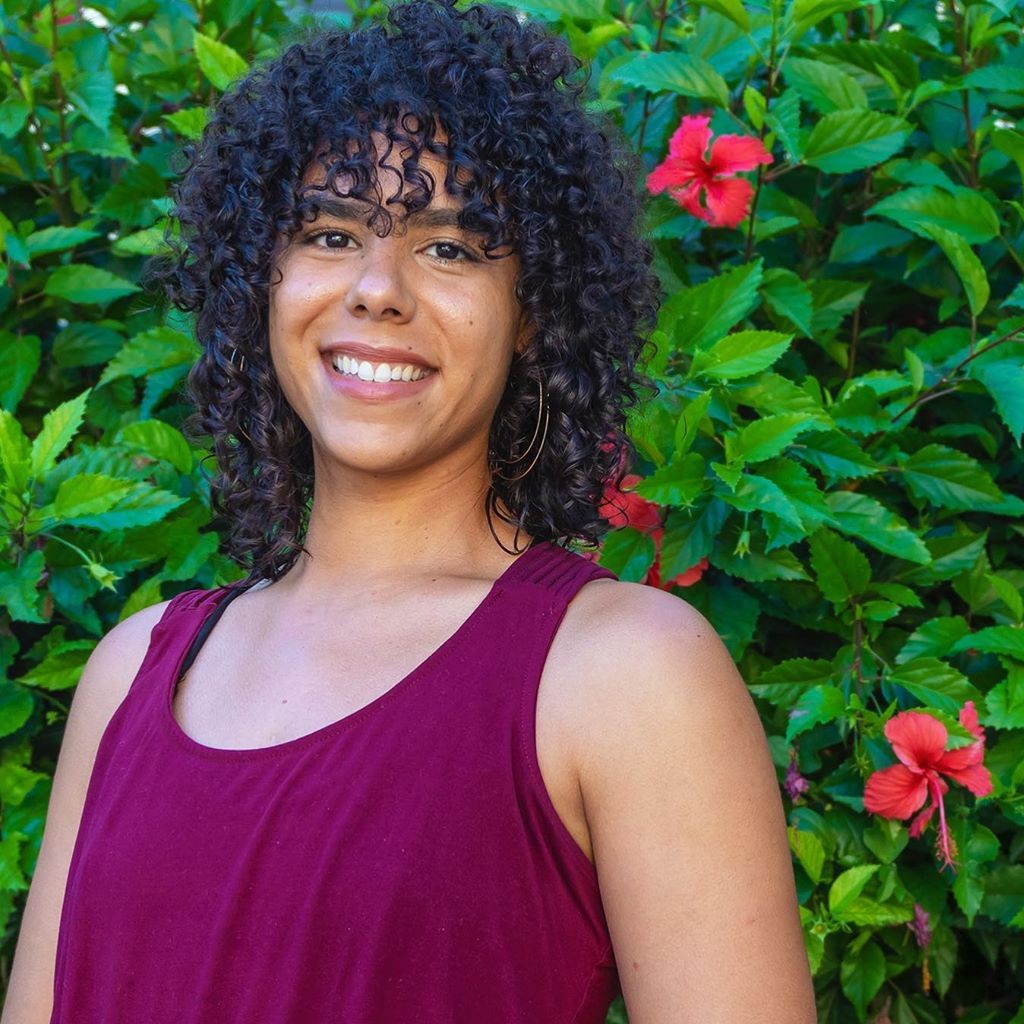
How do we decide what is and isn’t ‘authentic’ when we travel? And more importantly, who gets to decide what’s authentic? Columnist JoAnna Haugen digs deeper into the commodity of ‘authenticity’.


How do we decide what is and isn’t ‘authentic’ when we travel? And more importantly, who gets to decide what’s authentic? Columnist JoAnna Haugen digs deeper into the commodity of ‘authenticity’.
As a long-term expatriate, I think about authenticity a lot. If someone visits my current home country of Tunisia, an “authentic” experience probably includes an excursion through the Tunis medina, where long-time residents live, work, and socialize. Perhaps there’s a cooking class, likely with brik (savory pastry), harissa (red chili paste), and tuna as part of the meal. Certainly, there’s time on the beach: Tunisia is well known as a beach destination and it’s a favorite local pastime too.
But what about the crowded big-box store that is packed on Saturday morning when people stock up on groceries for the week? Or the café down the street from my home that serves crêpes and juice but has nothing to speak of for a view? These are a genuine part of daily life for me and my neighbors—so does that make them authentic, too?
The appeal of authenticity
According to the 2023 Booking.com Sustainable Travel Research Report, 75 percent of survey respondents “seek authentic experiences that are representative of the local culture.” Reflecting this trend, promises of “authenticity” abound in travel offerings: Travelers are invited to eat “authentic” food, participate in “authentic” cultural activities, and stay in “authentic” homestays.
‘Authenticity’ is a hot travel commodity, but it’s also contentious because it has many interpretations. As a result, calling something ‘authentic’ without context can cause misunderstandings, establish inaccurate and inappropriate expectations, and result in the development of traveler-centered experiences that don’t actually reflect reality for the people who live in a destination.

Consider the many different ways authenticity can be defined in travel experiences.
One definition of ‘authentic’ is ‘genuine’ and ‘real’. Presumably, this is the definition people lean into when they seek out the “authentic” food “local” people eat and the activities they participate in. This is in comparison to the places that tourists presumably eat at and the activities they participate in.
Except, isn’t it equally authentic if people eat dinner at the chain restaurant in their neighborhood or run through Starbucks on their way to work? Aren’t people who live in Las Vegas allowed to have dinner on The Strip, or folks living in Paris welcome to visit and appreciate the Louvre? Those are common, real activities for average residents living in certain places—so aren’t they authentic?
Because authenticity is personal, finding it while traveling looks different from person to person. It might mean taking a cooking class with a world-class chef, snacking on street food from a night market, or eating at the neighborhood McDonald’s.
Then, there’s the definition of authenticity that means something is unique.
In his article on the authenticity dilemma, writer Bobby McGee discusses a stay in rural Cambodia where he stayed in a local person’s home and spent his days working alongside local residents. Upon preparing to leave, a community leader asks that he shares his experience with others so they too can have the “same experience.”
McGee mulls over the request: “Of course we would share our stories when we got back home, but what did he mean by inviting more people to ‘have the same experience?’ Didn’t we just share something unique together? Why would they want to ruin their beautiful community by exposing it to more foreigners?”
In other words, in seeking authenticity, travelers may not be seeking what is “real” for local people, but rather experiences that are organic versus curated, or uniquely belonging to a specific person versus available to other people.

This expectation of uniqueness can actually lead to a more sinister tourism problem: Responding to travelers’ desire for “authentic” experiences, travel service providers might create and market experiences they believe meet travelers’ expectations. This slippery slope can lead to creating experiences that are authentic as defined by travelers.
It can also result in tourism gentrification. This happens, for example, when boutique businesses catered to travelers seeking ‘authentic’ and ‘local’ experiences move into previously overlooked neighborhoods. This results in lifeline businesses like grocery markets moving out, prices increasing, and livability decreasing for those who have long called a place home.
Because everyone has their own interpretation of what the word might mean, ‘authentic’ experiences might not be so much about their “authenticity” but about the experiences themselves—and, importantly, how travelers navigate and understand these experiences. Looking at the conundrum from this angle, authenticity is both reality and uniqueness as interpreted by each individual in a singular moment.
This means seeking authenticity is possible, but the search is highly personal. It requires travelers to ask what they are really looking for when seeking “authenticity,” why they’ve defined something as authentic, and how that reflects on the perspective and expectations they bring to a particular experience.
In other words, travelers need to get beyond the buzzword.
Self-reflection surfaces authenticity as defined and experienced by the individual. This is an introspective journey of critical thinking, awareness, and self-discovery within the context of a travel experience. It is intentional, personal, and evolving.

So, how can travelers find experiences aligned with their own definition of authenticity? Get specific—and insist that service providers do the same. When you see something marketed as being “authentic,” ask what that means: What specifically, does this experience encompass? Where did this experience come from, and how did it evolve so that travelers could participate? Who actively participated or participates in this activity? Who benefits from this experience, and in what way? A traveler’s answers to these questions will help determine if something is, in fact, authentic, based on their specific definition.
Because authenticity is personal, finding it while traveling looks different from person to person. It might mean taking a cooking class with a world-class chef, snacking on street food from a night market, or eating at the neighborhood McDonald’s. It could look like visiting a popular museum, attending a church service, or picking up litter while walking along a beach. All of these are legitimate, authentic experiences in their own right.
Perhaps the one thing authenticity in travel most certainly is, is a rebellion against passive travel—that is, tourism that encourages people simply to kick back, check out, and accept the status quo served up on an all-inclusive platter. Instead, authentic travel, whatever that might look like for you, is an invitation to be more mindful, ask questions, and reflect upon your choices when you travel.
***
Adventure.com strives to be a low-emissions publication, and we are working to reduce our carbon emissions where possible. Emissions generated by the movements of our staff and contributors are carbon offset through our parent company, Intrepid. You can visit our sustainability page and read our Contributor Impact Guidelines for more information. While we take our commitment to people and planet seriously, we acknowledge that we still have plenty of work to do, and we welcome all feedback and suggestions from our readers. You can contact us anytime at hello@adventure.com. Please allow up to one week for a response.








Can't find what you're looking for? Try using these tags: